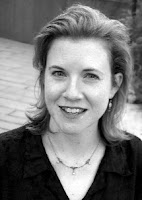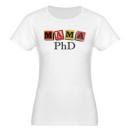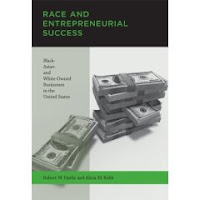 And now for our monthly contribution from Jacqueline Hudak, who writes the Family Stories column here at GWP. Here’s Jacqueline!
And now for our monthly contribution from Jacqueline Hudak, who writes the Family Stories column here at GWP. Here’s Jacqueline!
Heteroflexibility
Sexual politics are in a time of huge transition – think Ellen and Portia – and still, there is simply no public cultural consciousness about the concept of “sexual fluidity.†A well-crafted recent book by Lisa Diamond, Sexual Fluidity: Understanding Women’s Love and Desire (Harvard University Press), takes another step toward putting it on the map.
While perhaps not yet a public story, the notion of women’s sexual fluidity is certainly coursing through the zeitgeist. I was in the midst of writing this post on Diamond’s book when I decided to take a break and see Woody Allen’s new film, Vicky Cristina Barcelona. And there it was, right there on the big screen: sexual fluidity, and all the attendant complexities.
In one scene, Scarlet Johanssen’s character Cristina, is relating the complicated story of her relationship with Maria Elena, who happens to be her lover’s ex-wife. Her friends Vicky and Doug listen intently. As Cristina pauses, Doug rushes to ask, “So, what, you mean you’re a bisexual?†To which Christina replies, with some discomfort, “Oh, I’m not really into those categories.â€
Not into those categories indeed.
Diamond, a Professor of Psychology and Gender Studies at the University of Utah, has conducted, to date, the only detailed longitudinal study of women’s same gender attractions. She interviewed nearly one hundred young women at two year intervals over a period of ten years about their relationships and desires and found that, for women, love and desire are not rigidly lesbian or heterosexual. By the 10th year of her study, two-thirds of the women had changed their identity label at least once.
The notion of “sexual fluidity” contradicts the dominant cultural story about sexuality—the idea that you are one thing or another, but rarely both. That story shapes our ideas about sexual orientation as fixed in early adulthood and remaining static throughout a lifetime. But as Diamond so eloquently points out, for women, this has not been the case.
One of the many things I loved about this book was the depth and analysis of research that Diamond amassed. Having done research on this topic myself, I was aware that there was a lot of data around that supported a more fluid conception of sexuality for women – Kinsey, Adrienne Rich, and the ‘erotic plasticity’ model in 2000, to name a few. The only problem was, it didn’t conform to the (male) sexual standard. Since genital sex is not necessarily how women construct their sexual identities, the sexual experiences of women have been invisible, or somehow deviant from the (male) norm. My friends, we have been called ‘outliers.’
My only disappointment with the book was that I wanted the conversation to continue. Just as it ended I felt like I had arrived at the good part: the implications of women’s sexual fluidity, for us as researchers and clinicians, and more importantly, as partners and mothers. As a family therapist and mom who went through such a transition, I know it was not a solitary process; it entailed numerous and ongoing conversations with my children, family and extended community. Suddenly I found myself in the midst of a story that was totally unfamiliar: Married woman with two kids falls in love with a woman. I mean, wasn’t I supposed to know which team I played for before I turned 45?
I remain curious and perplexed about our need to hold on to these rigid and discrete categories when they obviously do not fit for women. I am heartened by the youth who do not seem to have the same attachment to the labels, and instead are ‘questioning’ ‘spectrum’ and ‘heteroflexible.’ Perhaps my children’s generation will focus on the quality of a relationship rather than the sex of their partner. In the meantime, perhaps movies such as Barcelona books such as Lisa Diamond’s, and real life family stories like ours will help inch the conversation along just a little bit more.
For previous posts by Jacqueline, click here.










